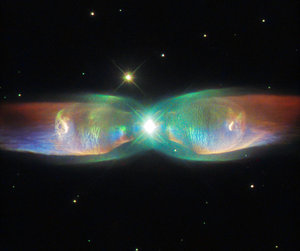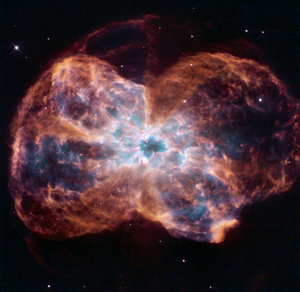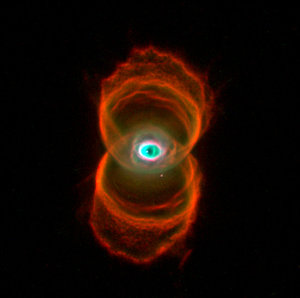Accept all cookies Accept only essential cookies See our Cookie Notice

About ESA
The European Space Agency (ESA) is Europe’s gateway to space. Its mission is to shape the development of Europe’s space capability and ensure that investment in space continues to deliver benefits to the citizens of Europe and the world.
Highlights
ESA - United space in Europe
This is ESA ESA facts Member States & Cooperating States Funding Director General Top management For Member State Delegations European vision European Space Policy ESA & EU Space Councils Responsibility & Sustainability Annual Report Calendar of meetings Corporate newsEstablishments & sites
ESA Headquarters ESA ESTEC ESA ESOC ESA ESRIN ESA EAC ESA ESAC Europe's Spaceport ESA ESEC ESA ECSAT Brussels Office Washington OfficeWorking with ESA
Business with ESA ESA Commercialisation Gateway Law at ESA Careers Cyber resilience at ESA IT at ESA Newsroom Partnerships Merchandising Licence Education Open Space Innovation Platform Integrity and Reporting Administrative Tribunal Health and SafetyMore about ESA
History ESA Historical Archives Exhibitions Publications Art & Culture ESA Merchandise Kids Diversity ESA Brand Centre ESA ChampionsLatest
Space in Member States
Find out more about space activities in our 23 Member States, and understand how ESA works together with their national agencies, institutions and organisations.
Science & Exploration
Exploring our Solar System and unlocking the secrets of the Universe
Go to topicAstronauts
Missions
Juice Euclid Webb Solar Orbiter BepiColombo Gaia ExoMars Cheops Exoplanet missions More missionsActivities
International Space Station Orion service module Gateway Concordia Caves & Pangaea BenefitsLatest
Space Safety
Protecting life and infrastructure on Earth and in orbit
Go to topicAsteroids
Asteroids and Planetary Defence Asteroid danger explained Flyeye telescope: asteroid detection Hera mission: asteroid deflection Near-Earth Object Coordination CentreSpace junk
About space debris Space debris by the numbers Space Environment Report In space refuelling, refurbishing and removingSafety from space
Clean Space ecodesign Zero Debris Technologies Space for Earth Supporting Sustainable DevelopmentApplications
Using space to benefit citizens and meet future challenges on Earth
Go to topicObserving the Earth
Observing the Earth Future EO Copernicus Meteorology Space for our climate Satellite missionsCommercialisation
ESA Commercialisation Gateway Open Space Innovation Platform Business Incubation ESA Space SolutionsLatest
Enabling & Support
Making space accessible and developing the technologies for the future
Go to topicBuilding missions
Space Engineering and Technology Test centre Laboratories Concurrent Design Facility Preparing for the future Shaping the Future Discovery and Preparation Advanced Concepts TeamSpace transportation
Space Transportation Ariane Vega Space Rider Future space transportation Boost! Europe's Spaceport Launches from Europe's Spaceport from 2012Latest

Hubble pictures planetary nebula with spiral arms
Thank you for liking
You have already liked this page, you can only like it once!
The two spiral arms winding towards the bright centre might deceive you into thinking you are looking at a galaxy a bit like our Milky Way. But the object starring in this image is of a different nature: PK 329-02.2 is a ‘planetary nebula’ within our home galaxy.
Despite the name, this isn’t a planet either. Planetary nebula is a misnomer that came about because of how much nebulas resembled giant, gaseous planets when looked through a telescope in the 1700s. Rather, what we see in this image is the last breath of a dying star.
When stars like the Sun are nearing the end of their lives, they let go of their gaseous outermost layers. As these clouds of stellar material move away from the central star they can acquire irregular and complex shapes. This complexity is evident in the faint scattered gas you see at the centre of the image. But there is also beautiful symmetry in PK 329-02.2, as the two bright blue spiral arms perfectly align with the two stars at the centre of the nebula.
It may look like the spiral arms are connected, but it is the stars that are companions. They are part of a visual binary, though only the one at the upper right gave rise to the nebula. While the stars will continue to orbit each other for millions or billions of years, the nebula – and its spiral arms – will spread out from the centre and eventually fade away over the next few thousands of years.
This planetary nebula with spiral arms is also known as Menzel 2, after the US astronomer Donald Menzel who discovered it in the 1920s. It is located in Norma, a constellation in the Southern celestial hemisphere where you can also find Menzel 1 and 3, two ‘bipolar planetary nebulas’ (shaped like butterflies or hourglasses).
Hubble’s Wide Field and Planetary Camera 2 captured this image, which was processed using green, blue, red and infrared filters. Astrophotography-enthusiast Serge Meunier entered a version of this image into the 2012 Hubble’s Hidden Treasures image processing competition.
-
CREDIT
ESA/Hubble & NASA; Acknowledgement: Serge Meunier -
LICENCE
ESA Standard Licence

Waving goodbye

Planetary nebula ESO 456-67

The Twin Jet Nebula

Hubble's view of planetary nebula NGC 2440















 Germany
Germany
 Austria
Austria
 Belgium
Belgium
 Denmark
Denmark
 Spain
Spain
 Estonia
Estonia
 Finland
Finland
 France
France
 Greece
Greece
 Hungary
Hungary
 Ireland
Ireland
 Italy
Italy
 Luxembourg
Luxembourg
 Norway
Norway
 The Netherlands
The Netherlands
 Poland
Poland
 Portugal
Portugal
 Czechia
Czechia
 Romania
Romania
 United Kingdom
United Kingdom
 Slovenia
Slovenia
 Sweden
Sweden
 Switzerland
Switzerland


























